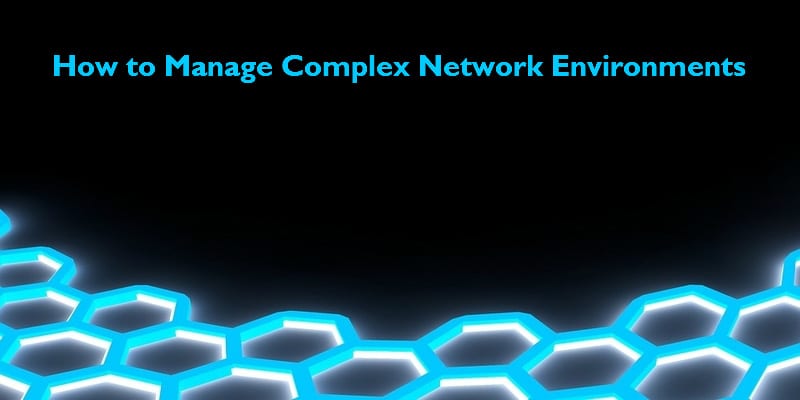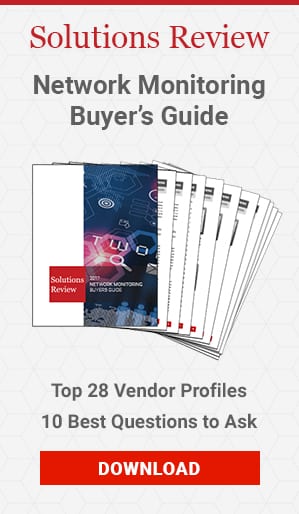Best Practices to Manage a Complex Network Environment


Enterprise network environments grow more complex and confusing at a rapid pace. They aren’t the only ones dealing with this though. Colleges and hospitals have notoriously unreliable endpoints. For example, nobody can expect 18 year old college students to take their network seriously. In healthcare, IoT devices have become a staple. These two environments offer a lot of experience for managing complex networks.
Micro-segmentation
Micro-segmentation isolates devices from each other through network virtualization. It limits lateral infection or movement, and increase the ability to manage devices. This comes in handy when using multiple device types. The healthcare industry runs a variety of devices with no interconnected relationship, keeping them on the same Virtual LAN doesn’t make sense.
Lack of network insight introduces an obstacle that healthcare IT must deal with. Without the proper network monitoring tools, they won’t recognize what devices should go where. Gaining visibility into your network is crucial for a lot of reasons, but micro-segmentation is incredibly difficult without understanding what device is where. Without these tools, IT teams look at a collection of IP addresses with no context.
Micro-segmentation also proves useful as a security measure. Network teams assign security policies to individual virtual environments. Physical network environments require networks to be tied to specific hardware. The security policies are implemented by the hardware itself. This means if the physical environment changes, the policies are at risk. Using micro-segmentation eliminates this risk.
Segmentation also prevents attackers from moving laterally in your network. If one system becomes a risk, it isolates. This is also a benefit to network performance monitoring tools. You’ll know when something isn’t behaving properly as soon as it happens, preventing further damage.
Real-time network insight
Many universities use network monitoring tools to manage network vulnerabilities in real time. They provide insight into user behavior and activities. Considering how unpredictable students are, this is essential to maintaining network health. Although an enterprise has professionals, there is no guarantee that their user behavior is more secure. Even development teams, who should be computing experts, can make mistakes when using a library service like Github.
Universities are often the target of various phishing attacks. Nearly every university has a webpage regarding phishing safety. If a cybercriminal successfully gains access to a student’s account, having knowledge of normal user behavior can prevent further damage. Network attacks are possible to catch with the proper monitoring tools. Network administrators are alerted to unusual spikes or changes in network traffic. This puts the administrators in an opportune position to prevent significant damage.
Although phishing attacks may be more prominent on college campuses, enterprises are faced with other risks. Someone may attack the network through an old employee’s account, for example. This end-point will appear suspicious and will likely perform unusual user behaviors. Universities have network performance monitoring tools to prevent attacks from outside influences, enterprises should have the same.




















